Excavation dates yes | Archaeologists P. Gregory Warden | |
 | ||
Periods | ||
Poggio colla
Poggio Colla is an Etruscan archaeological site located near the town of Vicchio in Tuscany, Italy.
Contents
History
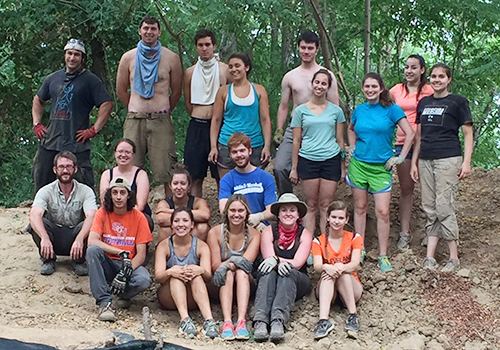
The site of Poggio Colla preserved undisturbed habitation layers of Etruscans; it appears to have been inhabited by Etruscans at least as early as 7th century and was abandoned or destroyed in the late 3rd century BCE. The site suffered a violent destruction and was rebuilt during the Hellenistic period.
Excavation
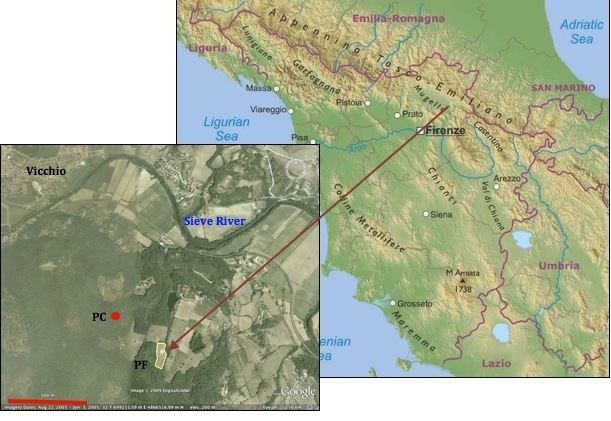
The first excavations of Poggio Colla were directed by Francesco Nicosia from 1968 to 1972. Since 1995, the site has been excavated annually by the Mugello Valley Archaeological Project (MVAP) under the direction of Gregory Warden and Michael Thomas; MVAP is sponsored by Southern Methodist University and the University of Pennsylvania. Excavations have revealed fortification walls, a necropolis area, and the remains of an archaic monumental building (possibly, a temple).
Research

The faunal remains recovered from Poggio Colla primarily contains the remains of cattle, sheep/goat and pig, as well as the remains of dog and wild species. The relative importance of pigs increases over time; this trend is linked to intensification of meat production and rising urban populations. Similar faunal assemblages have been found in other Etruscan settlements.
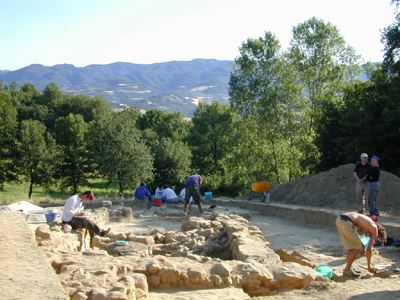
A black-glaze olpe filled with one hundred Roman silver victoriati was discovered in 2001 in the west end of the Poggio Colla acropolis. The significance of the finding is that it is found in the context of a sanctuary and it was buried after the sanctuary was destroyed in the late 3rd century BCE.
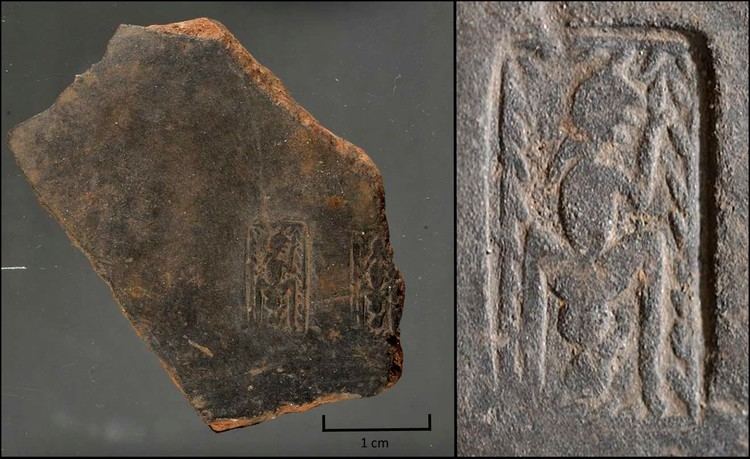
The use of a rounded molding on the base of monumental tombs, temples and altars is the characteristic of Etruscan architecture; and it was consistent between 6th to 2nd century B.C. in different Etruscan cities. A large number of such moldings was discovered in Poggio Colla; the large single or double round fits into the known pattern of Etruscan architecture.
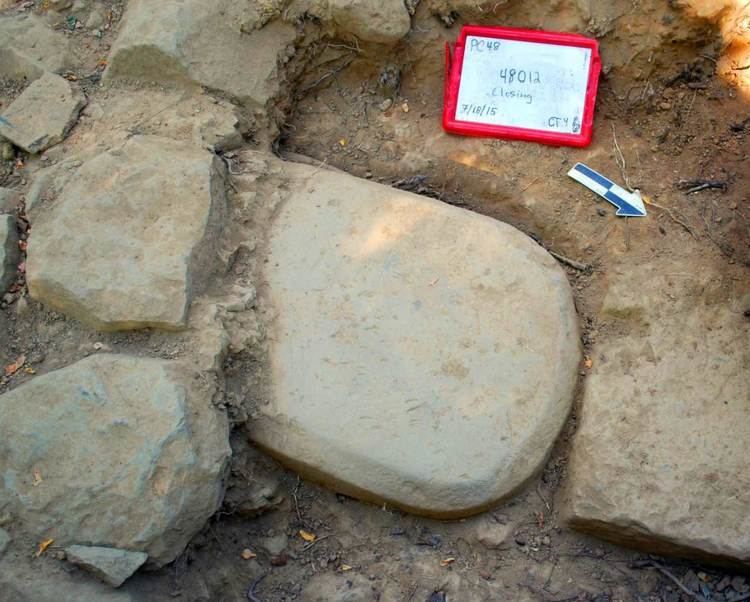
A large number of roof tiles of the monumental structure on the Poggio Colla acropolis and workshop/farmhouse of Podere Funghi has been discovered during ongoing excavation. A geochemical study has been done in an attempt to characterize the composition of ceramics, tiles and the local sediments discovered at the site of Poggio Colla. Using methods like X-ray, petrography, thermogravimetric analysis, macroscopic observations, it is found that typical pottery sherds and tile fragments constituent of abundant quartz, feldspar, minor amount of mica, lithic, and grog. The compositions of tiles and pottery of Poggio Colla and Podere Funghi are similar, but the rock and sediment specimens were different; which supports the hypothesis that diverse ceramic industry co-existed in close proximity to Poggio Colla acropolis.
Paleoethnobotanical studies have been done at Poggio Colla to identify the plants utilized by the Etruscans; this could provide potential information about Etruscan diet and common plants used in weaving. The soil samples from features and stratum, are floated to obtain botanical remains, which includes modern roots, charcoal, whole seeds, and seed fragments. Thus far, the identified seeds include cereal, mainly barley, wheat, broad beans, chickpeas, and grape pips. This is an ongoing research of MVAP.
